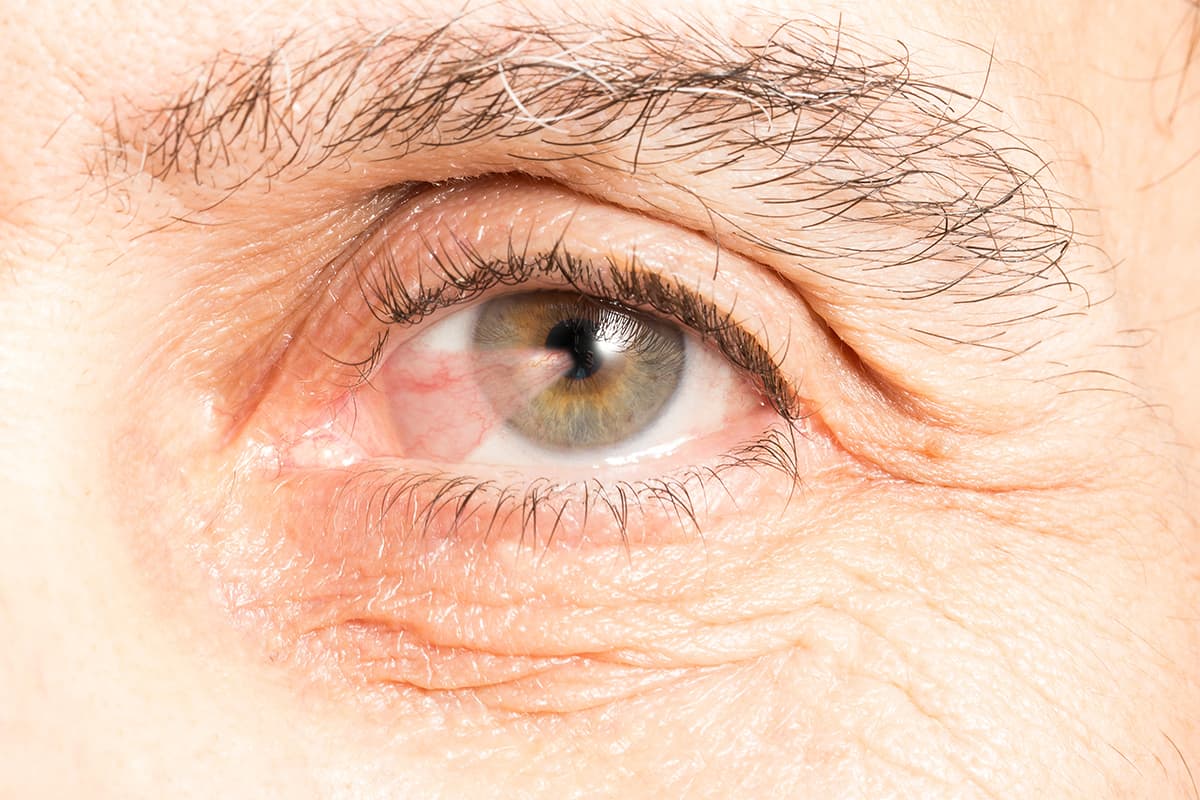
Laser Eye Center™ has helped countless patients get rid of pinguecula and pterygium growths on the whites of the eye (conjunctiva). Our eye surgeons have performed over 500,000 successful procedures and trained renowned eye surgeons in the Los Angeles area. We have 30 years of proven success in providing personalized eye care and procedures for lifelong clear and healthy vision.
We often hear the same questions from our pterygium patients, who are understandably concerned about the growth stretching across their corneas. Some of the most popular pterygium questions include:
Why Does Pterygium Happen?
The conjunctiva is the mucous membrane lining the inside of the eyelids, and it’s responsible for lubricating the eye and preventing microbes from harming ocular health. Pterygium is the overgrowth of conjunctival tissue on the cornea and is believed to be caused by long-term ultraviolet light exposure. That’s why the condition is nicknamed “surfer’s eye” and affects farmers, fishermen and other people who spend most of their days in the bright sun without sun protection. Irritation caused by hot, dry weather and wind or dust may lead to pterygium.
Are Pterygium and Pinguecula the Same?
Pterygium is a flesh-colored growth that spreads across the cornea and may start as a pinguecula.
In contrast, a pinguecula is a yellow deposit or elevated tissue growth on the conjunctiva and forms next to the cornea without overlapping the tissue. The yellowish tissue may be unsightly. Unlike pterygium growths, pinguecula does not contain its own blood vessels.
Both pinguecula and pterygium are associated with excess exposure to the sun, wind and dust. The symptoms may overlap; they include burning, tearing, redness, itching and a scratchy feeling in the eye. Patients with these eye growths may be wrongfully accused of being on drugs or alcohol due to the eye’s appearance.
Can Pterygium Cause Blindness?
Pterygium progression should be monitored with regular eye exams and removed when non-surgical treatments are ineffective. As the growth progresses, it may expand across your cornea, blocking or blurring your vision completely. In extreme cases, corneal scarring may occur and cause blindness. This is why it is essential to seek treatment early.
How are Pinguecula & Pterygium Removed?
Pinguecula and pterygium can be effectively managed with lubricating eye drops, steroid drops and prescription ointments. Most patients will need pterygium surgery to remove the growth and improve symptoms and vision. The procedure takes around 30 minutes and requires a few days of healing.
Our eye surgeons at Laser Eye Center™ use the special “auto graft” technique to lower the risk of pterygium recurrence or regrowth. The autograft method removes the growth with the conjunctival tissue underneath and replaces it with healthy conjunctiva grafted from an area beneath the upper eyelid. This advanced self-tissue technique significantly decreases the likelihood that pterygium will grow back.
Schedule a free consultation at Laser Eye Center™ in Los Angeles by calling (800) 805-2737. We have six convenient locations throughout Southern California.
Schedule your free consult today
Click here to learn moreGet started on your journey to clearer, crisper vision with Laser Eye Center™. Our expert team of doctors are trained and skilled in the latest technology and methods for laser vision correction. To learn more about our state-of-the-art All Laser LASIK technology or about All Laser LASIK itself, contact us today. Schedule your FREE All Laser LASIK consultation by calling today.

